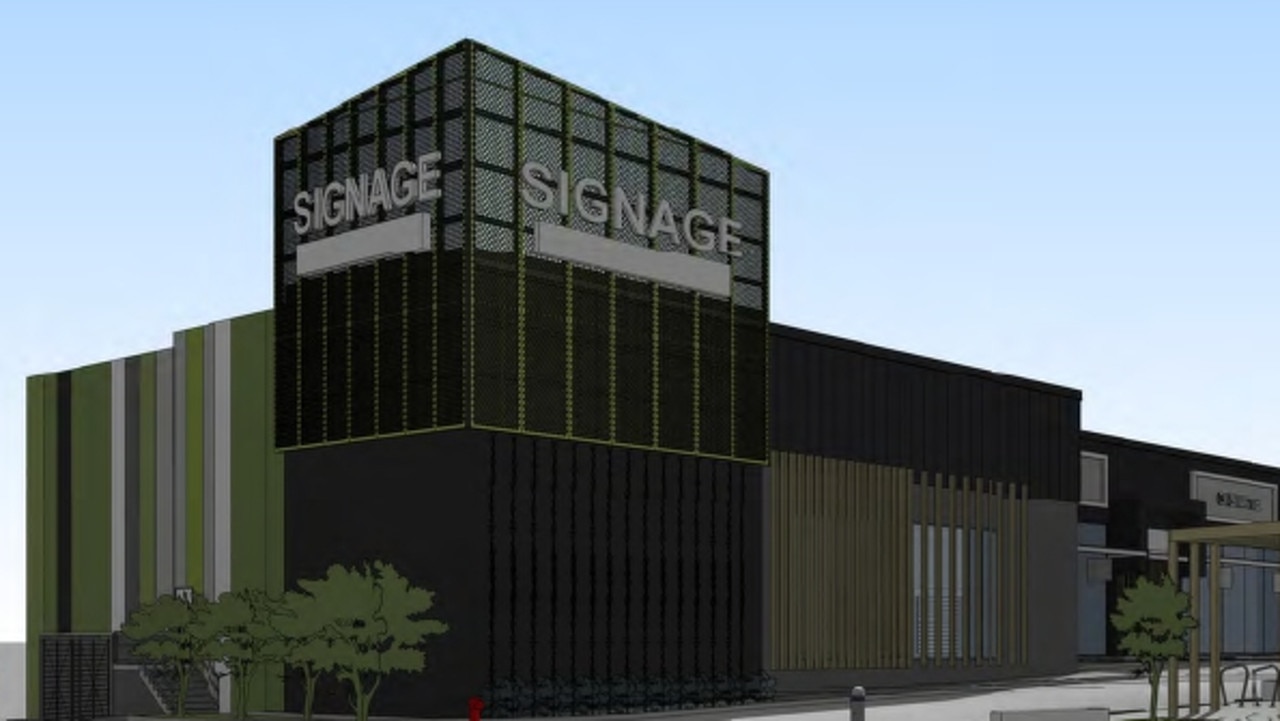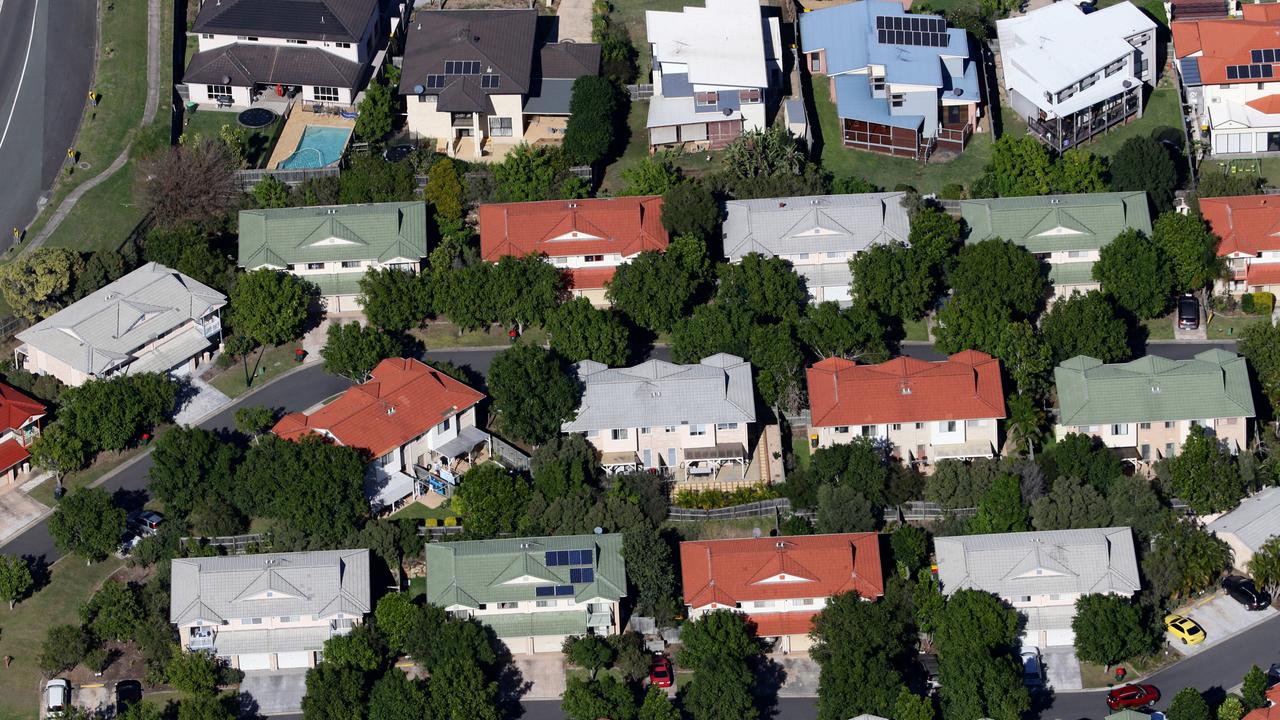Full NSW suburb list: what real estate prices will be in two years according to predictive modelling
Experts expect a surge in growth for Sydney homes over the next two years. Find out what homes in your suburb will be worth, according to new predictive modelling.
Property
Don't miss out on the headlines from Property. Followed categories will be added to My News.
Sydney’s rollercoaster housing market is primed to blast up again over the next two years, with property buyers expected to pay an average of $1.53m for a house and $850,000 for a unit by mid-2025.
The lofty house prices will be about $200,000 higher than what current buyers pay, on average, while unit buyers will be paying about $100,000 more, exclusive price modelling showed.
The forecasts revealed median prices will also exceed $2m for the first time in 43 suburbs in the next two years, increasing the total suburbs in this category to over 200 – or roughly a third of the city.
Houses in a total of nearly 90 suburbs will have a median of over $3m, roughly the same number as those where prices are under $1m.
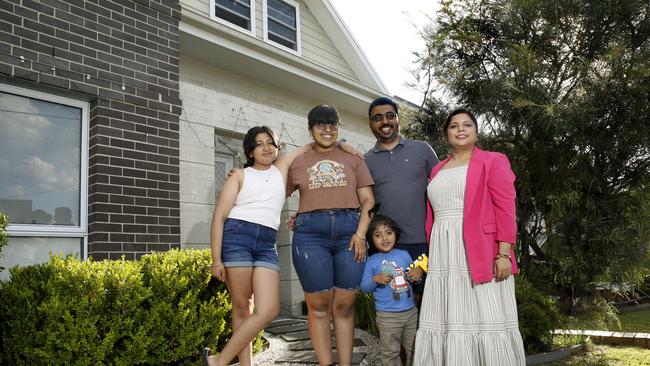
The analysis was based on PropTrack price data and recent KPMG forecasts, which tipped a nearly 15 per cent and 13 per cent rise in Sydney house and unit prices respectively over the next two years.
KPMG expected much of Sydney’s price growth over the next two years to come in late 2024 and early 2025.
House price growth over the 2023/24 financial year would be 4.7 per cent, followed by growth of 10.3 per cent in 2024/25, KPMG noted.
Unit price growth over 2023/24 would be 4.3 per cent, followed by an 8.6 per cent rise in FY2024/25.
KPMG’s research indicated these rises could steamroll ahead, despite a record number of households already being unable to afford housing, due to a complex web of domestic and international forces.
This included relaxed lending policies, housing shortages, surging building costs, renewed foreign investment in the housing market and rampant population growth.
The shock predictions prompted economists to warn the Harbour City will soon be a market where only upper income buyers can afford houses, with the rest of the population consigned to apartments.
Mortgage analysis showed purchasing a house at the forecast 2025 Sydney median of $1.53m would be affordable only for those earning more than $290,000 a year at current interest rates.
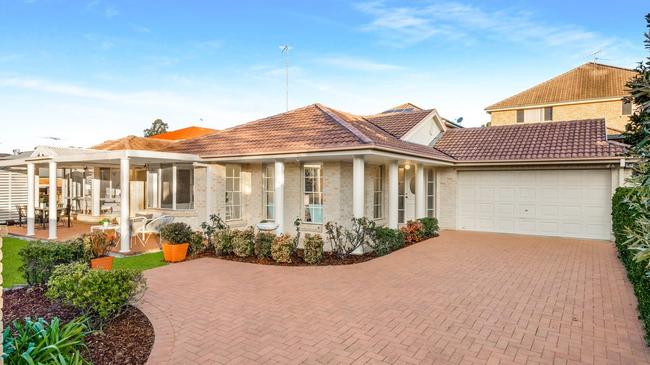
Only about 15 per cent of Sydney households earn more than $300,000 annually, according to the Australian Bureau of Statistics.
“This stratification, where the wealthy live in houses and the average earner lives in a unit, is common overseas in high cost real estate markets,” said KPMG economist Brendan Rynne, pointing to cities like London, New York and Paris.
Those buying at the 2025 unit median of $850,000 would need at least $160,000 a year to avoid “mortgage stress”. About in three households earn this amount or more.
Wages, while growing, are not expected to climb by anything close to the pace of property price rises over the next two years.
“We’re already at the point where buying a house is basically impossible for regular income earners in the eastern suburbs, north shore, northern beaches and inner west,” said Ray White chief economist Nerida Conisbee.
“I think what we’ll see is that trend emerge in more regions. The northwest is probably next.”
State government has been urged to raise eligibility requirements for first home buyer assistance schemes since a minuscule number of properties would be cheap enough to qualify under current rules.
Current requirements for the $10,000 First Home Owners Grant stipulate buyers must purchase house and land packages under $750,000 or newly built units under $600,000.
Those wanting to access the full exception on stamp duty taxes need to buy homes with a value under $800,000, while a discount is available for purchases under $1m.
Modelling of the KPMG forecasts showed there would be no suburbs where the average house would be under $750,000 by mid-2025.
And there would be just 30 suburbs with median unit prices under $600,000.
Vishal Ranjan recently sold his townhouse in St Marys and bought a larger property. He said he was glad to have bought before prices got too high.
“I feel lucky that I got this one,” he said, noting it took them three months of searching and the lack of available properties in the area pushed them further out.
Ray White St Marys director Peter Diamantidis said more people would be pushed to the city fringes if prices continued to grow.
“People will continue to go to the cheaper end of the market, it’s already happening now. People push further out as the prices go up,” he said.
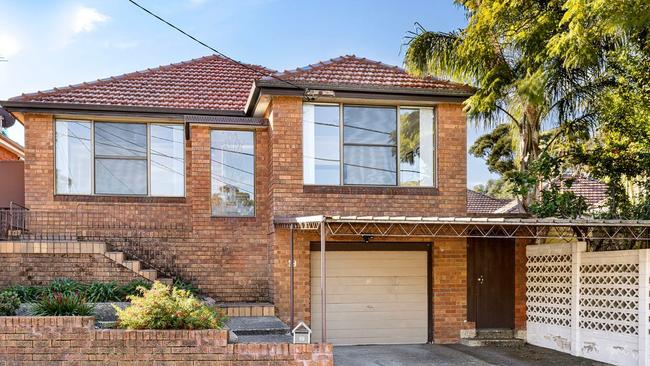
Mr Diamintidis added that a lot tenants were trying to get out of the rental cycle by becoming first-home buyers.
“You would think it would be the opposite with rates increasing, but rents are increasing so people are thinking I’ll pay a bit extra and buy my own property,” he said.



